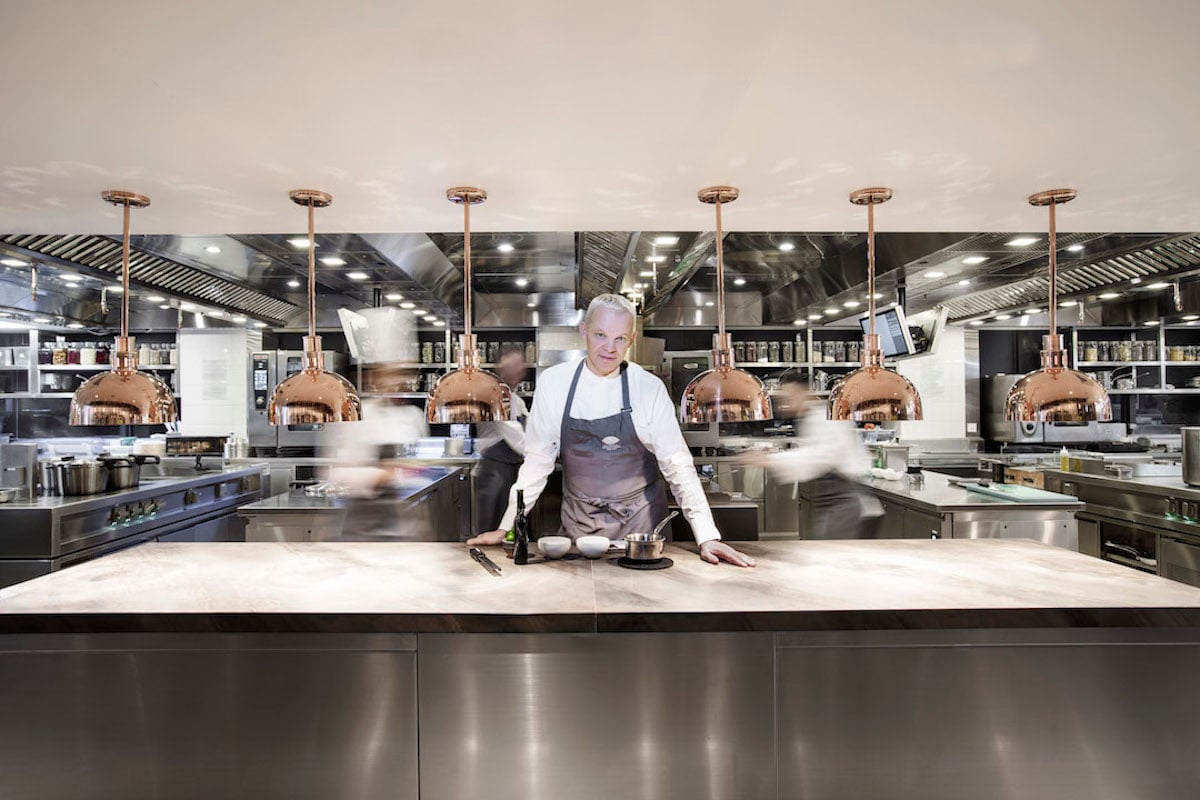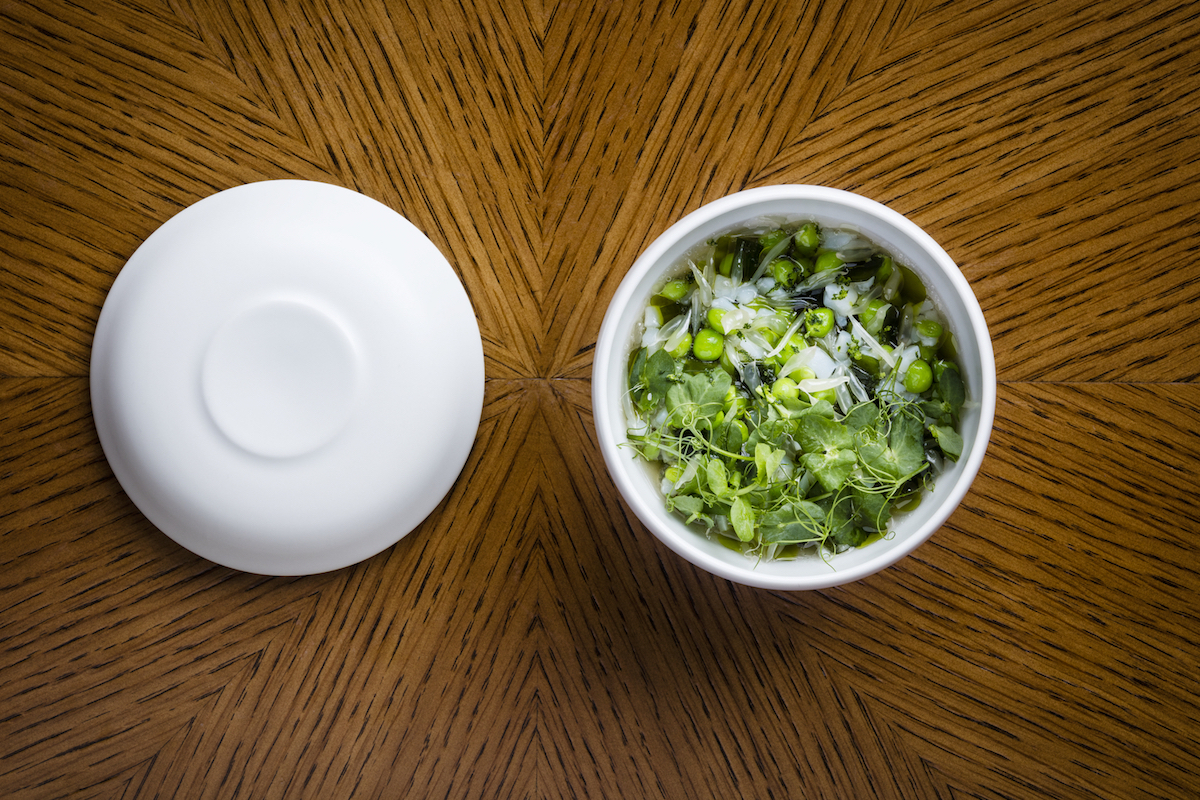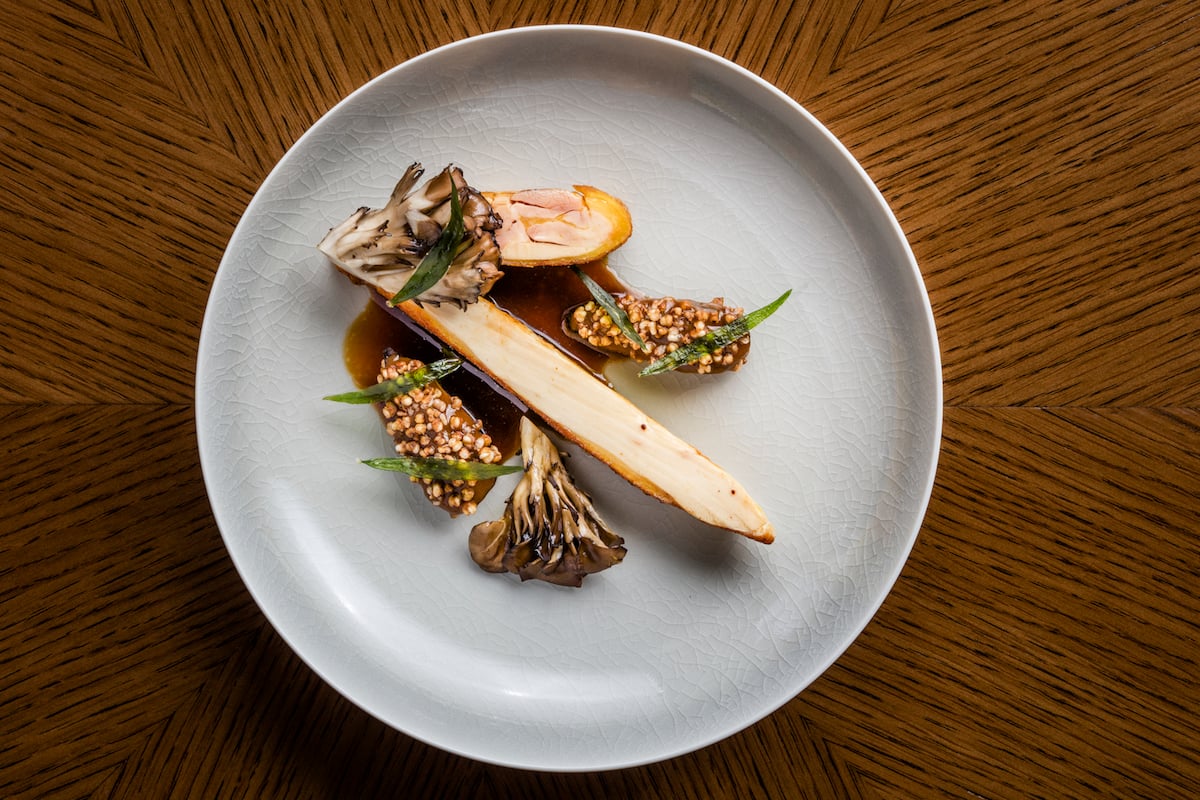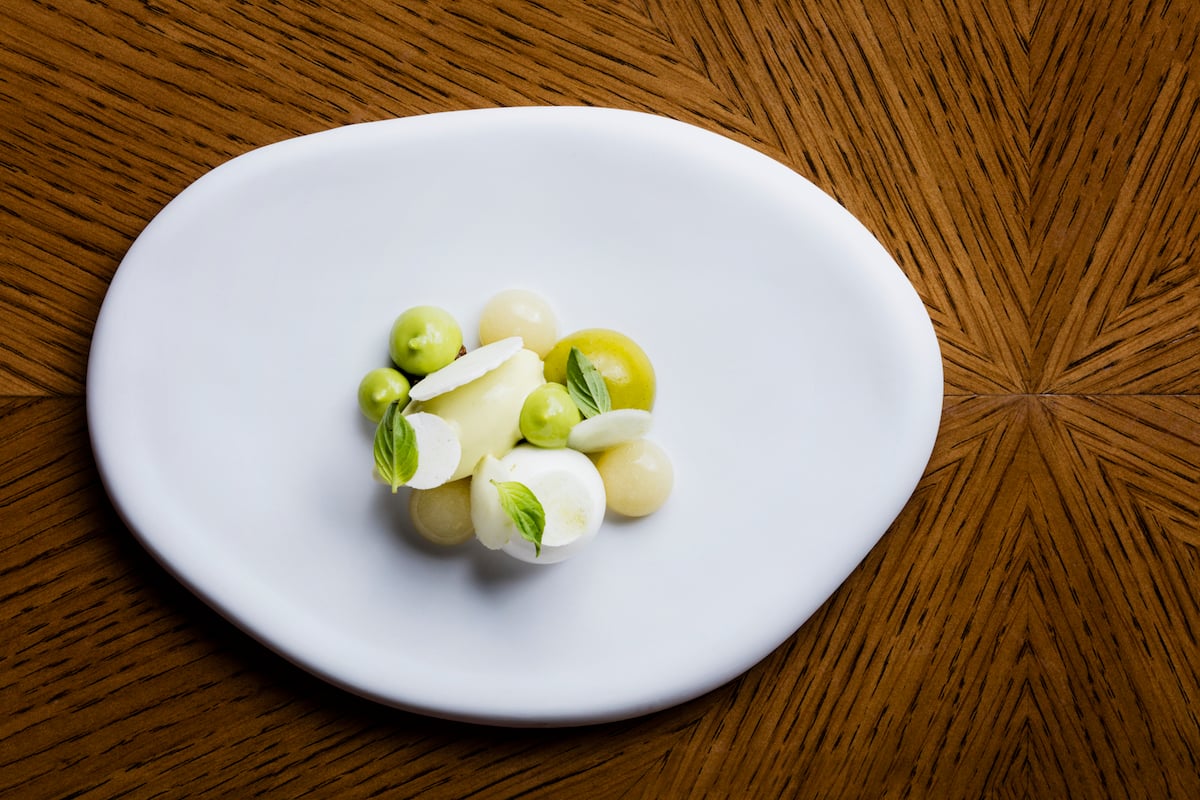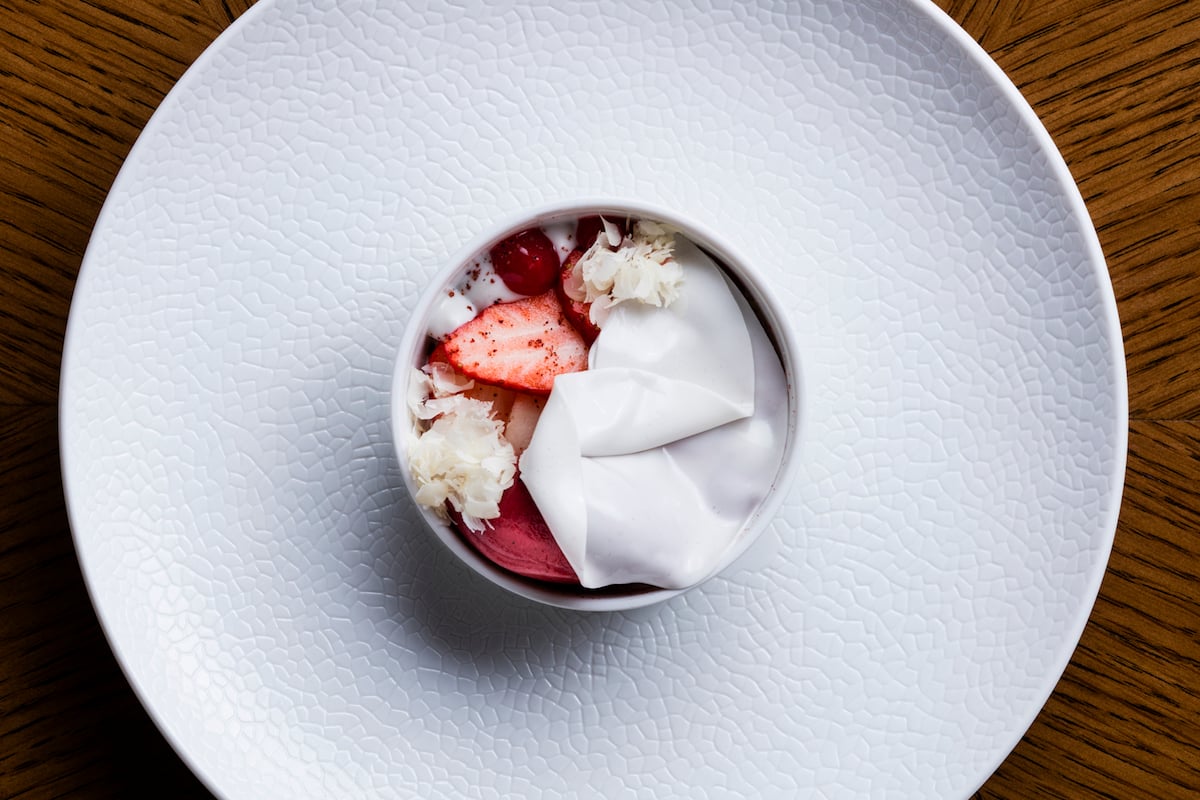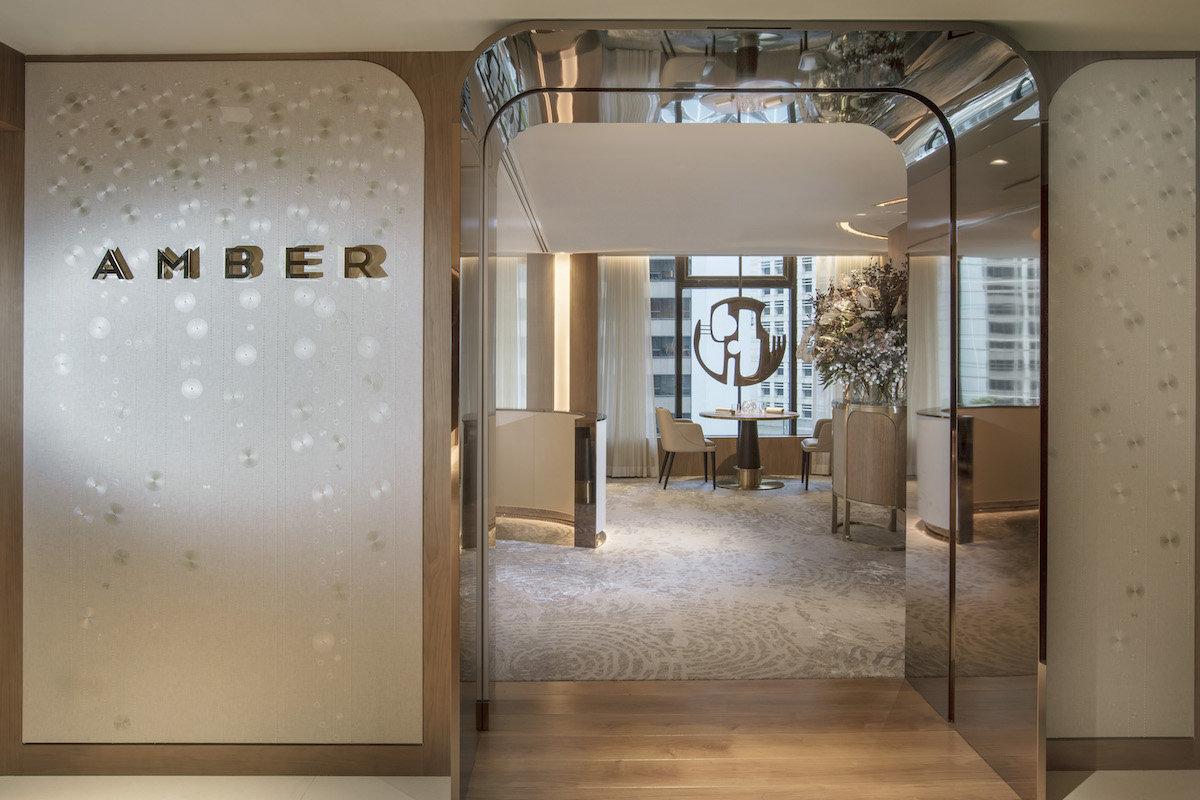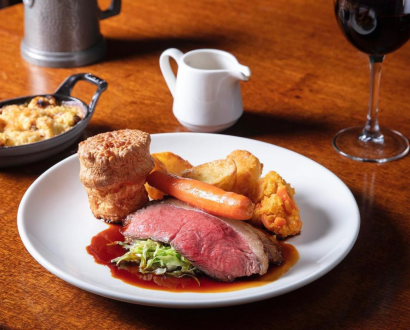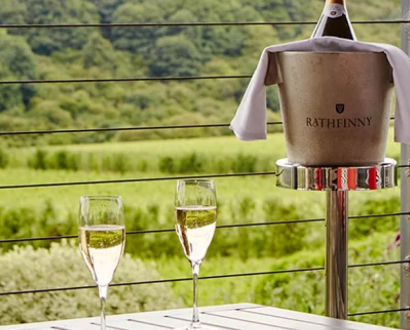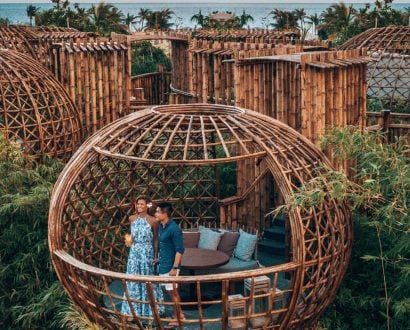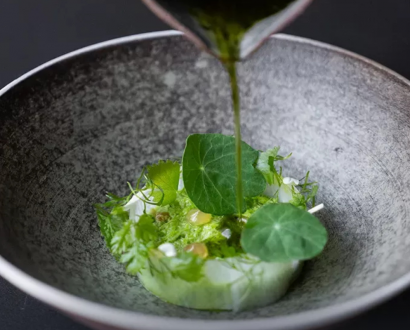The long renovation of celebrated Michelin-starred restaurant Amber, housed at The Landmark Mandarin Oriental in Hong Kong, goes hand-in-hand with its new, out-of-the-box menu developed by forward-thinking Chef and Culinary Director Richard Ekkebus.
The modern French restaurant has been recognised as a stand-out in the fine dining scene, having been awarded two Michelin stars by the Michelin Guide for Hong Kong and Macau 2019.
With the internationally acclaimed Dutch chef at its helm, Amber has garnered a reputation for pushing culinary boundaries since opening its doors in 2005. “When we first came onto the scene 14 years ago, I don’t think Hong Kong was ready for my kind of cuisine,” Richard tells The CEO Magazine.
“We faced a lot of backlash but, thankfully, as the dining market matured, there was a growing appreciation for what we’re trying to do, spurred on by a global community of chefs who shared the same values.”
“I’ve questioned where fine dining is today, its place in today’s culinary discourse, and where it needs to go to stay relevant, taking into account changing tastes, health and the environment.”
With sustainability core to his philosophy, Richard makes a conscious effort to reduce food and plastic waste in the restaurant, being an early adopter of using sustainably sourced fish and cutting back on plastic straws, while recognising the changing tastes of diners.
“In recent years, I’ve been moving in the direction of sustainable business practices and a more considered and conscientious approach to how I express taste,” he says. “Perhaps it’s a reaction to the amount of bombast and noise in food today that I’ve come to a place – after 30 years in this profession – that’s more reflective and contemplative.”
The new direction for Amber is a response to these shifts in the food scene, including health concerns, food allergies and sustainability.
“I’ve questioned where fine dining is today, its place in today’s culinary discourse, and where it needs to go to stay relevant, taking into account changing tastes, health and the environment. It’s through this lens that we’ve created this entire new menu.”
Four years ago, the Amber team conducted extensive independent research through a third party on where fine dining stands in Hong Kong. Probing a large group of people, Richard was particularly interested in the responses from millennials “as they represent the future clientele of Amber”.
“They still want fine dining and to indulge themselves in a high-quality and interactive experience but are less patient to go through the three-hour experience,” he explains.
“Amber has always been a forward-thinking restaurant and I want to remain in that direction and entice millennials even more in the years to come.”
While the idea behind Amber 2.0 was years in the making, Richard spent the time during the four-month renovation to recreate the menu through experimentation with innovative ingredients.
Taking a creative approach to address the ever-shifting tastes and dietary requirements of modern diners, Richard swapped out commonly used refined sugar and salt for cleaner, more natural ingredients, and embraced plant-based alternatives to dairy.
Instead of using table salt, he uses fermentation techniques to extract the natural sodium from ingredients such as seaweed, while agave, maple syrup and honey are used as ‘natural sweeteners’ to replace common refined sugar.
“The new Amber restores flavours to their purest essence, unadulterated by the usual tricks of the trade like butter or refined sugar,” he explains. “Where salt is needed, it’s distilled from natural umami through ingredients like seaweed. Where dairy is required, we’ve searched for plant-based alternatives.”
Using alternatives to dairy, the chef eliminated ubiquitously used ingredients in French kitchens – cream, milk and butter – and replaced them with substitutes like soy, rice and nut milks and vegetable-based oils instead.
“The focus should be not on what we’re taking away, but what we’re giving back: a new way to experience flavours, textures and taste, and an overall sensation of lightness after an indulgent meal.”
“I was jokingly asked recently if I’m taking on the dairy industry. That’s hardly my intention. After all, I’m a proud Dutchman raised on a diet of cheese,” he laughs. “What I’m taking on are our long-held notions of what haute cuisine or fine dining is and I’m exploring what it can be.
“The focus should be not on what we’re taking away, but what we’re giving back: a new way to experience flavours, textures and tastes, and an overall sensation of lightness after an indulgent meal.
“I also hope to open new pathways to explore and reinterpret ingredients, like what we’ve done with plant-based oils to replicate the function and texture of dairy. And we’re not stopping at just oils. This is an ongoing process for us,” Richard says.
“It’s said that genuine creativity and innovation comes from working with constraints and parameters. In this case, people’s changing tastes, health concerns and sustainability are the lens through which we explore what else is possible.”
Richard explains that he approached the new menu with clean flavours in mind for diners to experience natural ingredients in their purest form. “I want to strip away at artifice and present dishes that are boldly and unapologetically sublime – purity on a plate. I think sophisticated diners are ready for this today,” he comments.
“At the end of the meal, discerning diners want to feel nourished and comfortable – a feeling that can only be achieved through clean, pure ingredients. That is the new definition of indulgence.”
“It’s said that genuine creativity and innovation come from working with constraints and parameters. In this case, people’s changing tastes and health concerns and sustainability are the lens through which we explore what else is possible.”
The thoughtful approach to fine dining reflected in the new menu complements the striking new interiors created by New York-based design firm Tihany Design.
The man responsible for Amber’s full-scale makeover, Adam D Tihany, Founder and Principal of Tihany Design, aimed for what he describes as a “more approachable, personal experience” to fine dining.
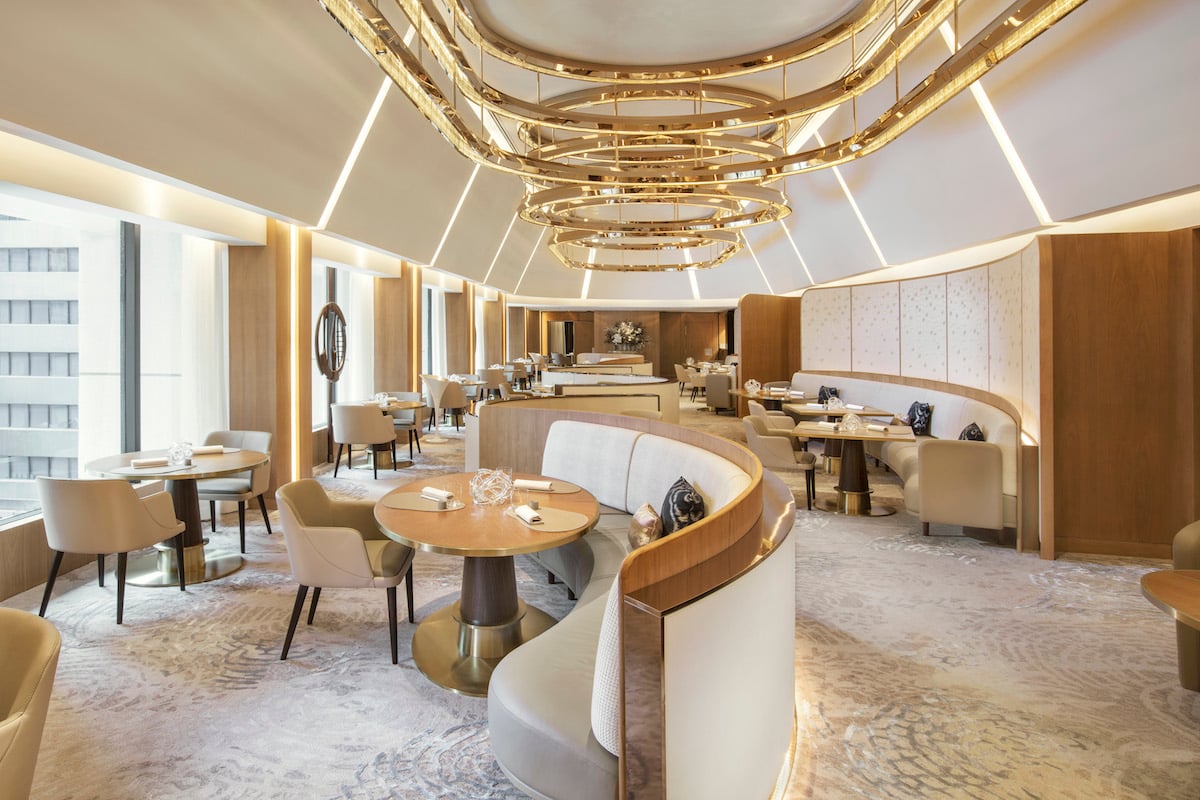
Light and less formal than the original restaurant fit-out, the contemporary design transcends into organic forms with pockets of curvaceous partitions and warm, neutral tones, creating a softer environment for diners to enjoy the modern fare.
Richard vows the revamped design and new menu complement each other and “were not created in a vacuum”.
“To create a newly designed restaurant and carry on with our old menu would have been a job half-well-done. Particularly as we continued to be a forward-thinking restaurant, the new design DNA needed to go hand-in-hand with a brand new culinary direction and menu.”
“At the end of the meal, discerning diners want to feel nourished and comfortable – a feeling that can only be achieved through clean, pure ingredients. That is the new definition of indulgence.”
At Amber’s closing night in December last year before beginning its extensive renovations, a select few diners got to sample a 14-course menu in celebration of the restaurant’s 14 years, for a cool HK$6,900 (US$880) per person.
“It is great to cook for someone that engages and is open-minded,” Richard says. “Dining is a social event and fine restaurants are one of the last civilised places on the planet.”
But when asked where his favourite place to dine is and why, his answer is humble: “At home with my wife Fiona, simply because I spend little time at home and I love to open a nice bottle of wine and enjoy a delicious meal cooked by my wife.”

